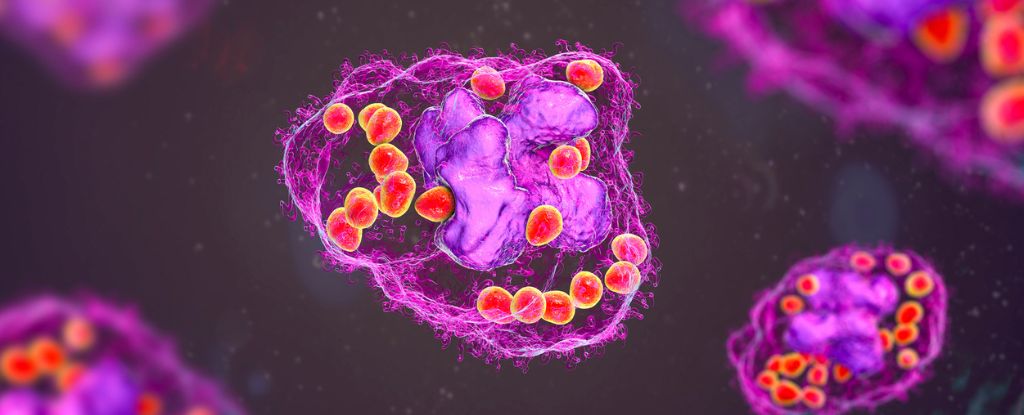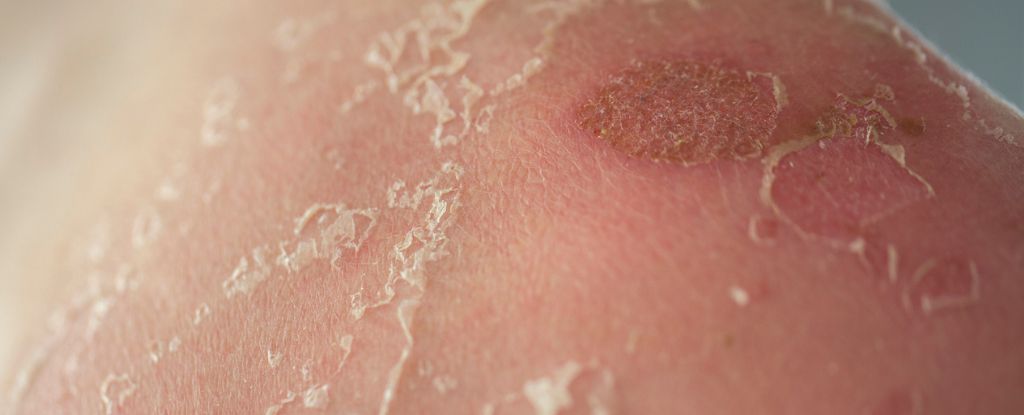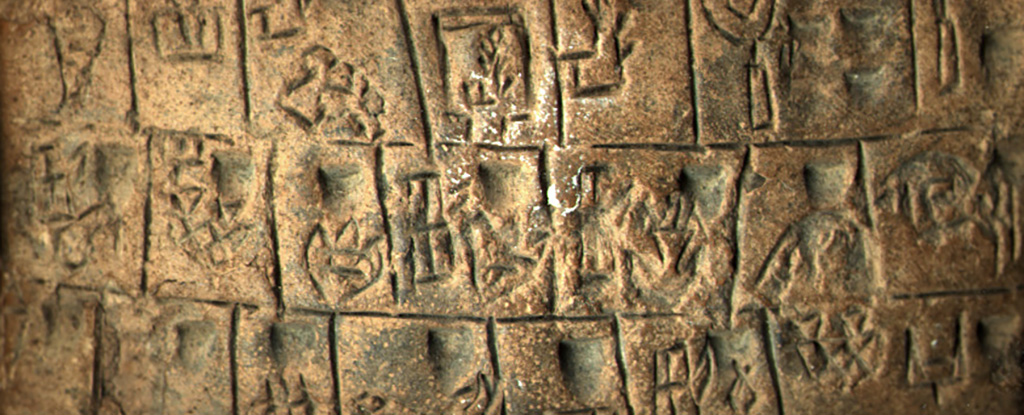Researchers in Australia have found a whole new type of cell that fills a major hole in our understanding of how the mammal body heals.
For over a century, scientists have hypothesized that a cell like this existed – and now, an adult version has been found at last, hiding in the aorta of grown mice.
The discovery was nine years in the making. Researchers have named the cells ‘EndoMac progenitors’, and the team is now searching for similar players in the human body.
“These cells have an important job, to help grow blood vessels when the body calls for it,” explains medical scientist Sanuri Liyanage from the South Australian Health and Medical Research Institute (SAHMRI).
“They are activated by injury or poor blood flow, at which point they rapidly expand to aid in healing.”
Liyanage and colleagues isolated EndoMac progenitor cells from mice and cultured them in the lab, where they formed colonies. When injected into diabetic mouse models, the cell colonies dramatically improved wound healing.
To understand how an EndoMac progenitor cell works, first it’s important to consider the macrophage.
Macrophages are the first immune cells produced by an embryo, and they are essential to development.
In adulthood, most tissues in the mammal body contain macrophages that were made during this very early stage. After birth, resident populations occasionally renew themselves to keep fresh and ready to gobble up pathogens.
About a century ago, however, scientists hypothesized that stem cells circulating in the blood of mammals could make new macrophages, refreshing the population already living in the body’s various tissues.
For many years, scientists believed these circulating macrophage makers, which have previously been found in the embryos of mice, existed into adulthood because they were seeded in bone marrow.
But recent evidence suggests that bone marrow-derived stem cells are actually restricted to just a few tissues, including the gut, the skin, and the heart.
Now, some scientists suspect that new macrophages in adulthood are born from undiscovered stem cells, which were established in the body long before birth.
This hypothesis is hotly debated, but the recent study on mice in Australia supports a paradigm shift.
Its findings suggest that embryonic progenitor cells for macrophages are seeded in the aorta of the heart during early development. Then, as the mice age, these circulating stem cells introduce new macrophages into tissue.
Because EndoMac progenitors do not have ‘name tags’, researchers say they can be transplanted without fear of the immune system attacking the foreign matter.
When Liyanage and her co-first author, SAHMRI biomedical scientist Anna Williamson, along with a team from multiple Australian institutions, grew EndoMac progenitor cells in the lab, they created a little colony.
When this colony was injected into the bloodstream of a mouse whose hind leg had been restricted from blood circulation to mimic a ‘diabetic wound’, its leg injury healed faster. After two weeks, the circulating stem cells had transformed into macrophages and endothelial cells, which line blood vessels.
Now, the team is investigating whether a similar cell exists in the human aorta. Those findings are not yet published, but the researchers have hinted that initial results are optimistic.
“In theory, this could become a game-changer for patients suffering from chronic wounds,” says Liyanage.
“We’re excited to continue exploring the potential of these cells. It’s early days, but the implications could be massive.”
The study was published in Nature Communications.





